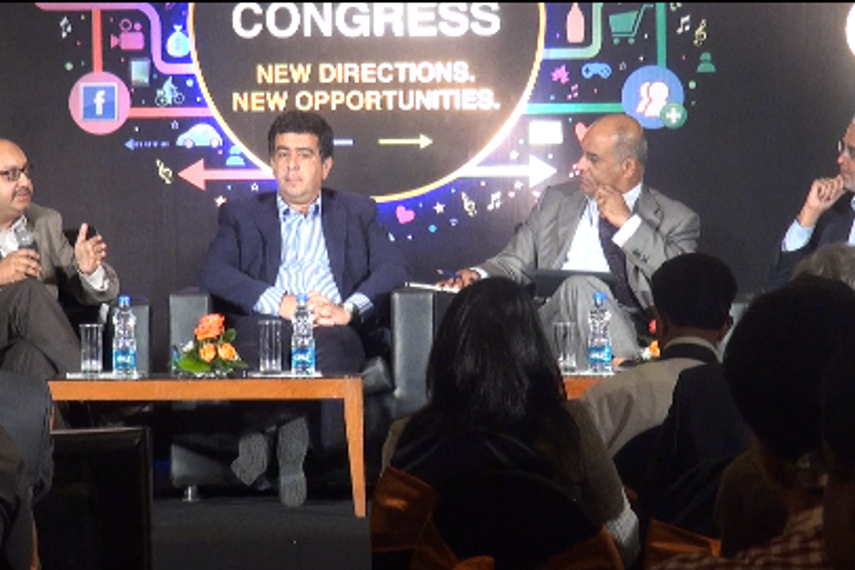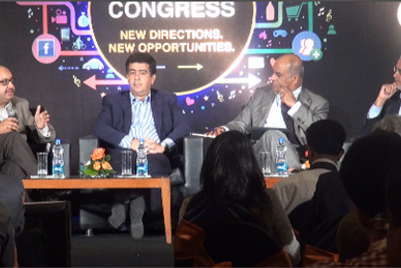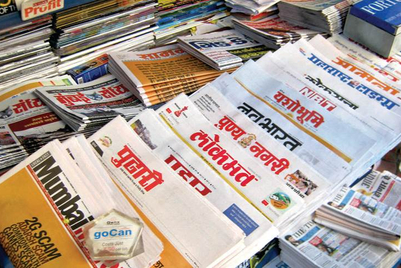
There have been cases in the past where media companies have got themselves into the news by not maintaining a distinctive wall between their editorial and sales functions. This is because the media business in India is driven by advertising and not so much on subscription. In such a situation, for magazines to remain credible, what are the necessary dos and don’ts?
A power-packed session at the Indian Magazine Congress featured Indrajit Gupta, editor, Forbes; Hormazd Sorabjee, editor, Autocar India; and Krishna Prasad, editor, Outlook. The topic on hand was of magazines failing to maintain the distance between their sales and editorial functions. Khozem Merchant, India head – Pearson moderated the session.
Merchant started off the discussion by noting that the print media in India has seen a drastic change. He noted that there is a lot of paid-for-content available on the platter for advertisers, which has changed the face of the industry. The question he raised to the panel was, ‘Can it be fought?’.
Sorabjee explained that the only way for magazines to survive was to remain independent editorially. “At Autocar, whatever we do, we keep our readers in mind. In terms of content, we do not mind going that extra yard, whether it is for exclusive news, or an event that is tailor-made for our readers, in terms of the experience it delivers.”
He pointed out that sponsored features add value to the content of the magazine and also help in revenue generation. While making the point, he noted that publishers must not try and cheat their readers, and said, “They know what is paid-for-content and what is not."
For Prasad, the onus is on editors and business managers to understand this, and not let advertisers take control of their operations.
Gupta observed that the low pricing strategy (on ads and cover price) of newspapers has led to a declining value of magazines (in the eye of the advertiser). “Magazines are sold on reach. Ideally, they should be measured basis their performance on the engagement front. How much time does a reader spend reading your magazine, and how frequently does he pick up your magazine, is what needs to be asked - not the reach,” he maintained.
Prasad stressed on the need for magazine brands to be more inventive in their approach towards editorial and business strategies. He surmised, “Journalism is above all. It is the holy grail. It cannot be tampered with. Sales deals and cross promotions can only be done if the magazine brand has built a reputation in the market place with its content.”



.jpg&h=334&w=500&q=100&v=20250320&c=1)



.jpg&h=334&w=500&q=100&v=20250320&c=1)
.jpg&h=334&w=500&q=100&v=20250320&c=1)


.jpg&h=334&w=500&q=100&v=20250320&c=1)








